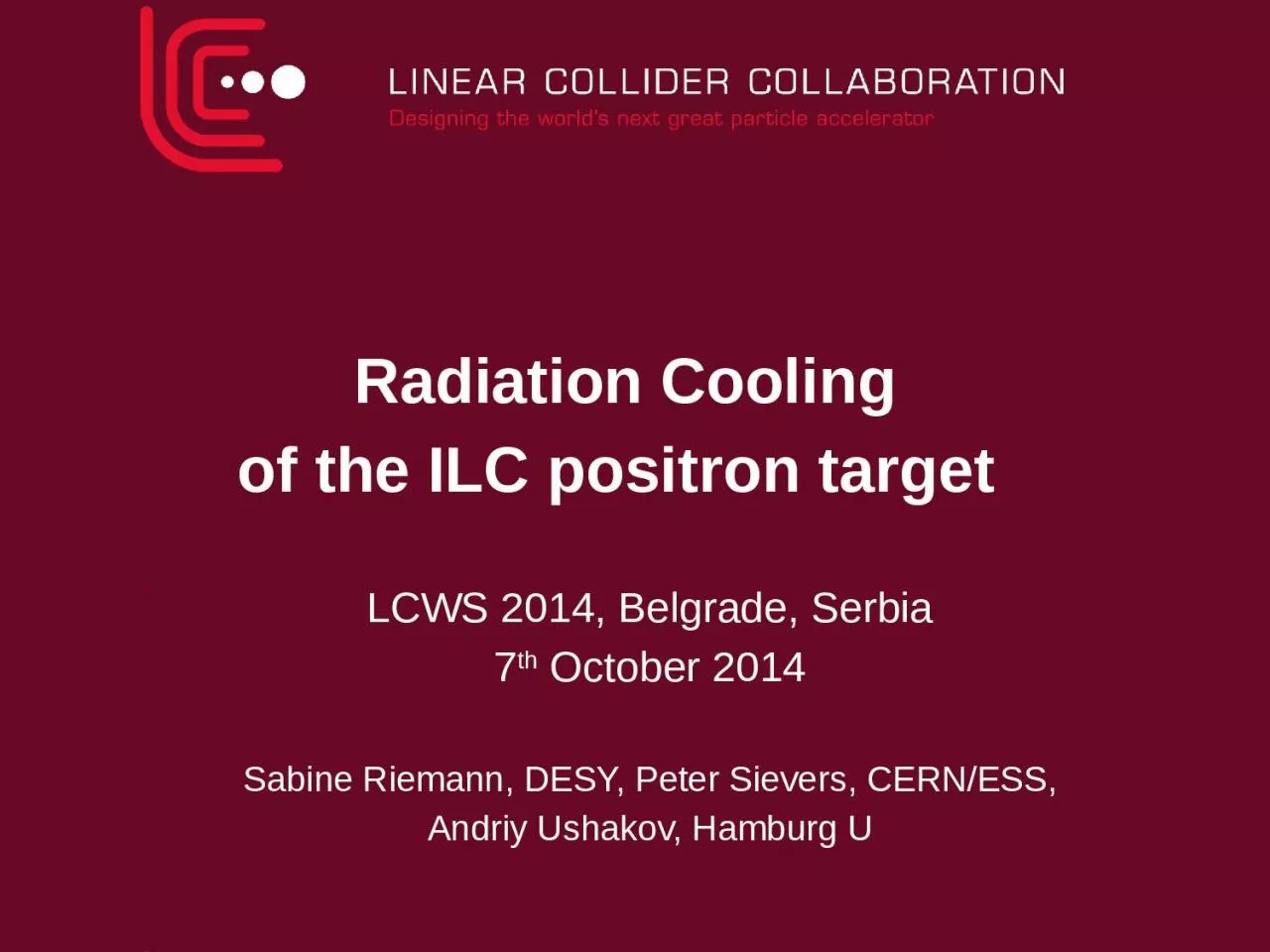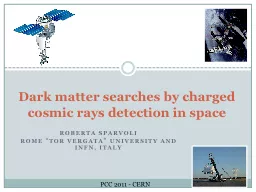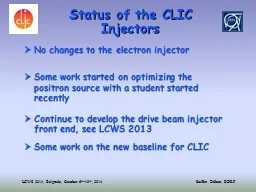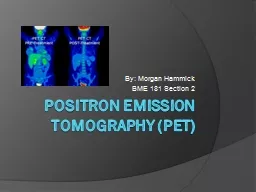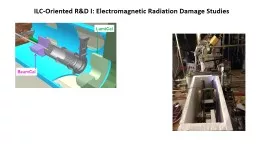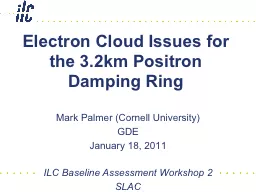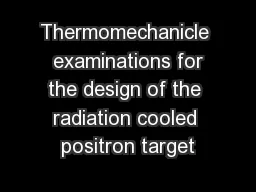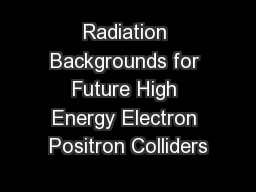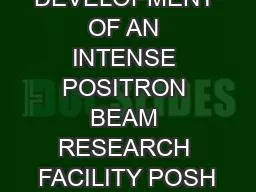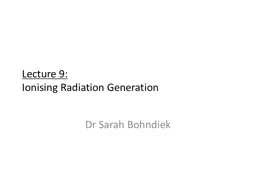PPT-Radiation Cooling of the ILC positron target
Author : anastasia | Published Date : 2023-10-04
LCWS 2014 Belgrade Serbia 7 th October 2014 Sabine Riemann DESY Peter Sievers CERNESS Andriy Ushakov Hamburg U ILC positron target Ti alloy wheel diameter
Presentation Embed Code
Download Presentation
Download Presentation The PPT/PDF document "Radiation Cooling of the ILC positron t..." is the property of its rightful owner. Permission is granted to download and print the materials on this website for personal, non-commercial use only, and to display it on your personal computer provided you do not modify the materials and that you retain all copyright notices contained in the materials. By downloading content from our website, you accept the terms of this agreement.
Radiation Cooling of the ILC positron target: Transcript
Download Rules Of Document
"Radiation Cooling of the ILC positron target"The content belongs to its owner. You may download and print it for personal use, without modification, and keep all copyright notices. By downloading, you agree to these terms.
Related Documents

